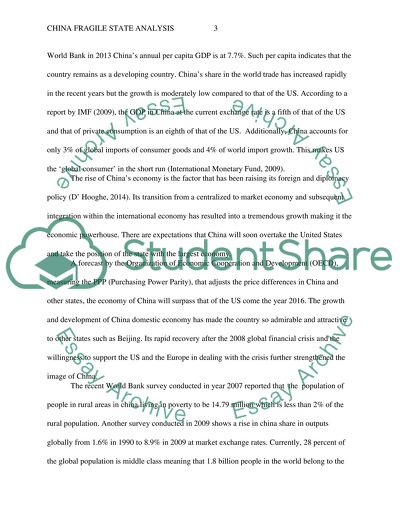Cite this document
(“China Fragile State Analysis Essay Example | Topics and Well Written Essays - 2250 words”, n.d.)
China Fragile State Analysis Essay Example | Topics and Well Written Essays - 2250 words. Retrieved from https://studentshare.org/social-science/1674591-china-fragile-state-analysis
China Fragile State Analysis Essay Example | Topics and Well Written Essays - 2250 words. Retrieved from https://studentshare.org/social-science/1674591-china-fragile-state-analysis
(China Fragile State Analysis Essay Example | Topics and Well Written Essays - 2250 Words)
China Fragile State Analysis Essay Example | Topics and Well Written Essays - 2250 Words. https://studentshare.org/social-science/1674591-china-fragile-state-analysis.
China Fragile State Analysis Essay Example | Topics and Well Written Essays - 2250 Words. https://studentshare.org/social-science/1674591-china-fragile-state-analysis.
“China Fragile State Analysis Essay Example | Topics and Well Written Essays - 2250 Words”, n.d. https://studentshare.org/social-science/1674591-china-fragile-state-analysis.


